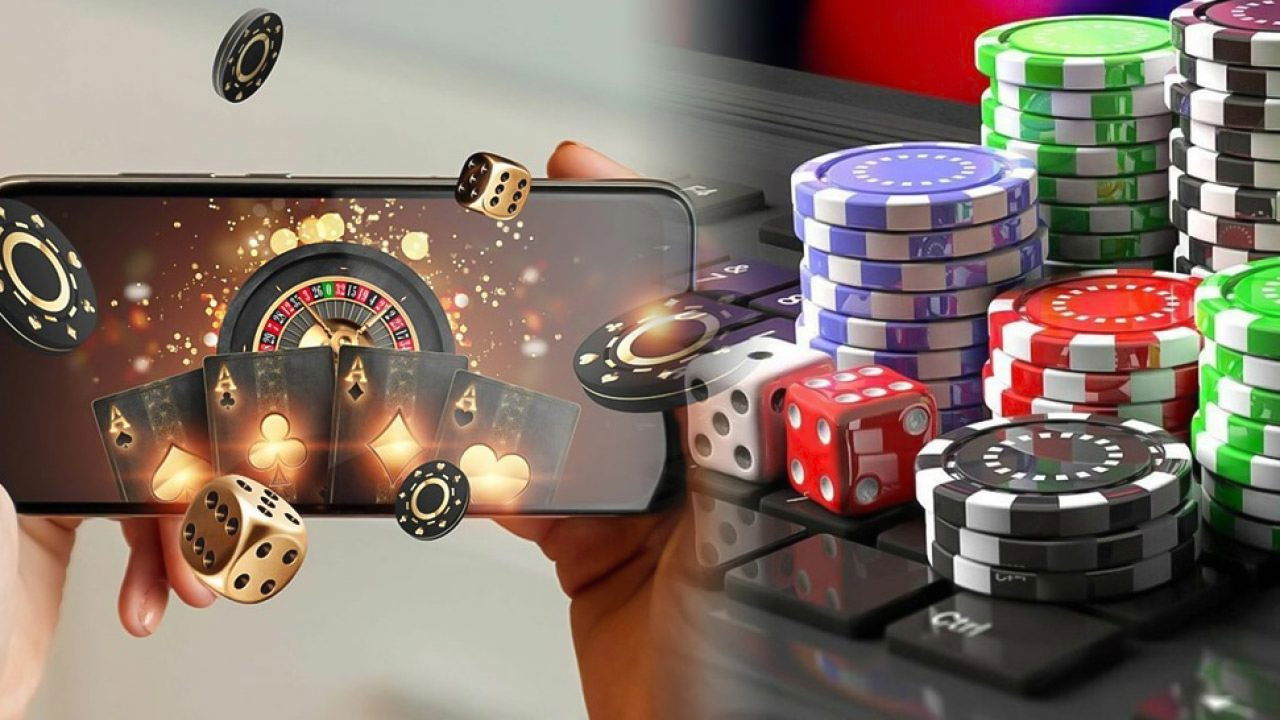
The drawing, one of the earth s oldest forms of gaming, has undergone a extraordinary transformation over the centuries. What began as simpleton paper tickets drawn in public squares has evolved into sophisticated whole number platforms available to millions intercontinental. This evolution not only reflects advances in applied science but also changing consumer preferences and restrictive frameworks. Let s search how the drawing has changed from orthodox paper tickets to modern font online platforms.
The Origins: Paper Tickets and Physical Draws
The concept of lottery dates back thousands of eld, with early on records screening lotteries in antediluvian China, Rome, and Greece. Traditionally, lottery tickets were natural science slips of paper sold at selected booths or by commissioned agents. Draws were conducted openly, often in town squares or gatherings, to insure transparency.
In the 20th century, submit and national lotteries became a pop way for governments to resurrect funds for world projects such as schools, roads, and hospitals. Paper tickets were printed with unusual numbers or symbols, and participants would buy out them from authorized retailers. The draws were scheduled events, sometimes broadcast on television or wireless, creating exhilaration and prevision among players.
The Shift: Introduction of Electronic Lotteries
By the late 20th century, the drawing began to bosom natural philosophy engineering science. Computerized total propagation replaced orthodox mechanical machines, acceleratory efficiency and truth. Retailers started using physics target-of-sale terminals to sell and validate tickets, reducing errors and pseud.
This era also saw the growth of minute win games, such as strike card game, offer immediate results rather than wait for regular draws. These games dilated the drawing market by attracting players who preferable fast outcomes.
The Digital Leap: Online Lottery Platforms
The most significant transfer in the lottery s organic evolution came with the Second Advent of the net. Online drawing platforms revolutionized how populate participate in lottery games, making it more favorable and accessible. Instead of visiting physical locations, players can now buy out tickets, results, and claim prizes via websites and mobile apps.
Online platforms volunteer many advantages:
Convenience: Players can participate anytime, anywhere, without geographical restrictions.
Variety: Online sites often supply access to International lotteries that might not be available topically.
Security: Digital records tighten the risk of lost or forge tickets.
Transparency: Real-time updates and draw live-streaming raise rely.
Regulatory bodies have also adapted by implementing licensing requirements and ensuring online platforms abide by with fair play and responsible gaming standards.
Challenges and Considerations
Despite the benefits, the ONLINE tunggaljitu daftar manufacture faces challenges. Cybersecurity is dominant to protect players subjective and financial data. Moreover, regulative inconsistencies across countries elaborate -border lottery gross revenue.
Additionally, concerns about gaming addiction have intense with easier access, prompting operators and regulators to upgrade responsible gambling tools like self-exclusion and disbursement limits.
The Future: Innovations on the Horizon
Looking in the lead, the lottery continues to innovate. Technologies like blockchain are being explored to raise transparence and security further. Augmented reality(AR) and realistic world(VR) could offer immersive drawing experiences, blending entertainment with participation.
Moreover, the integration of synthetic news(AI) may help tailor lottery offerings to individual preferences, profit-maximising involvement while promoting safer play habits.
Conclusion
The lottery s journey from mortify paper tickets to sophisticated online platforms exemplifies how technology can transmute even the oldest traditions. While the core excitement of hoping to win a life-changing value stiff unaltered, the methods of participation have become more accessible, secure, and diverse. As invention continues, the drawing industry is collected to evolve in ways that balance participant enjoyment with responsibility and swear.

